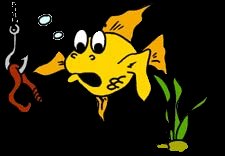|
Ragworm come in two main types in the East Neuk, King Rag
and White Rag.
Ragworm do not leave the same casts as Lugorm so can be more difficult to locate by
eye. What they will do though is spout a wee bit of water from their burrow as your foot comes close to it,so the method of
locating King Rag is just to walk along, paying very careful attention to the mud or sand beside your foot, and if you see
spurts of water coming from samll holes,chances are you have found some ragworm.
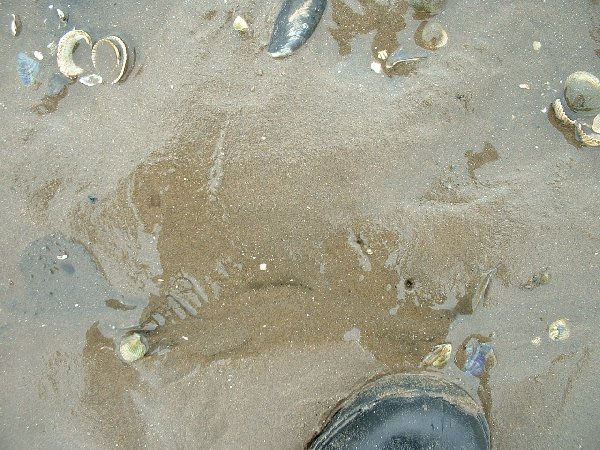
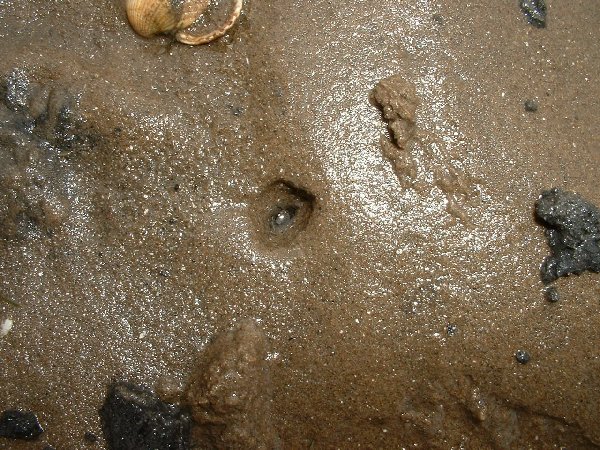
Dig in the mud or sand and you should hopefully find your
worm.
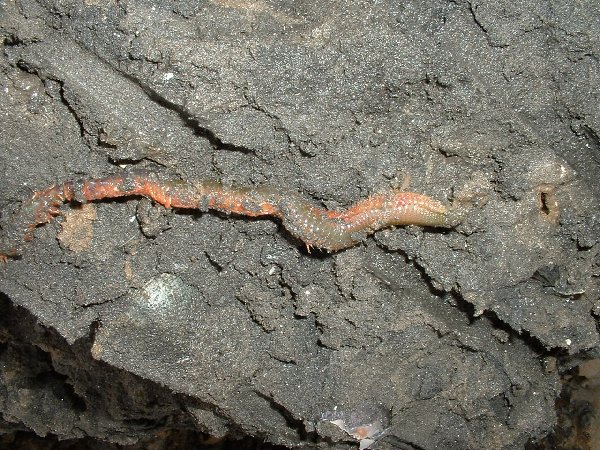
King Rag can be anything from 3 or 4 inches to 2 feet long
depending on your location,and can give you a masty nip with their pincers if you handle them incorrectly. The nip will make
you jump rather than bleed, but it's something to be mindfull of.
My own opinion is that Ragworm are a good bait,but not as
good as lugworm for this area,but will sometimes outfish the lug when targetting wrasse and this seems especially so in the
latter part of summer.
Ragworm can be kept for a few weeks in shallow sea water changed daily in the fridge,
but any dead or dying ones have to be removed each day.
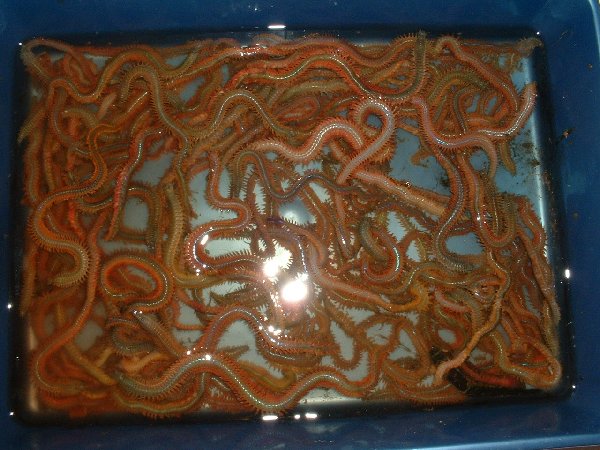
The other type of Ragworm found in the East Neuk is White
Ragworm. Many people rate this very highly, but personally I've found it's mainly coalies and flounders that seem particularly
keen on it from the shore,although pollack love them from the boat. They are generally found while digging for lugworm,and
show no particular signs on the surface of being there at all. Often sand with a black layer of decaying seaweed in it is
where you are most likely to encounter them. By all means take them for bait if you find them, but trying to target them specifically may
be difficult.
Store them as for King Rag in sea water in the fridge.
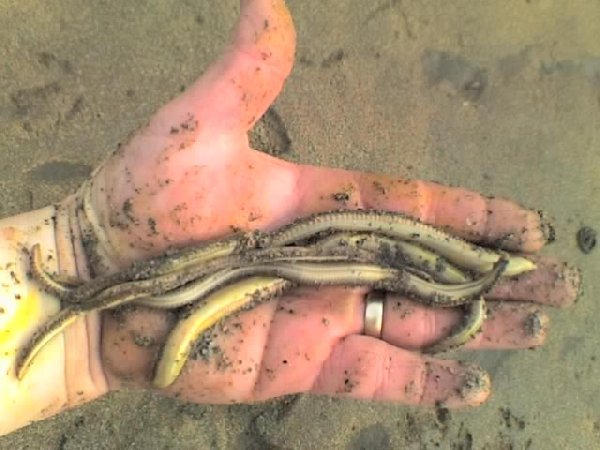
Bait rag using the same methods as lugworm.
|
